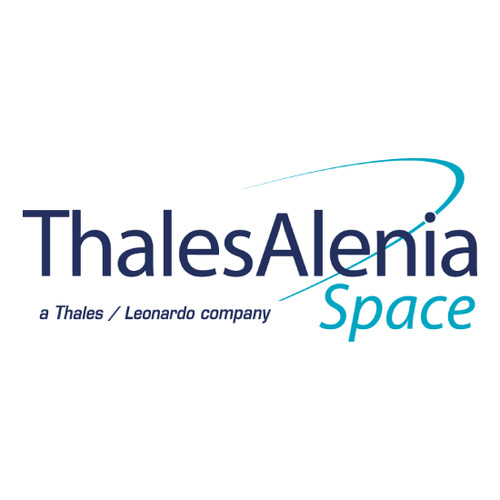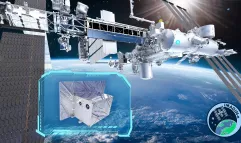Thales Alenia Space successfully completes ESA Space Rider’s Closed Loop Drop Test with essential contribution from the Italian Defense

The Space Rider program, the European Space Agency’s re-usable and re-entry vehicle, made another significant advancement with the recent Closed Loop Drop Test campaign, conducted in June 2025 at Salto di Quirra Italian Defense Test and Training Range (PISQ), in Sardinia.

Space Rider © ESA
Following last year's tests success, the program saw recently a substantial advancement on Descent and Landing technology, focusing particularly on the spacecraft’s capability of autonomous Guidance Navigation and Control in the descent and landing phase. This test is part of the ongoing development of the mission, which aims to test all the functionalities of Space Rider, from flight to landing.
The drop test campaign has been executed by Thales Alenia Space Italia as Space Rider Prime contractor responsible of the Re-Entry Vehicle, fully supported by their industrial partners Sener CIMSA, TESEO, and Meteomatics, with the decisive contributions of Italy’s Air Force and the Italian Army, responsible of on ground logistics and flight operations.

Italian Defense’s Helicopter CH-47F carrying Space Rider mock-up to the selected drop point © ESA
The team tested the autonomous navigation of the Space Rider model, a critical aspect for future missions. While in last year’s tests the vehicle was manually controlled, this year’s ones aimed to verify the autonomy of the system. The test model was launched from an altitude of 2,500 meters above ground for a flight lasting approximately 12 minutes. After being released at a designated point, the vehicle autonomously flown towards the target and landed precisely and safely.
The Space Rider low fidelity model descended with a controlled vertical speed of 4 m/s, landing at 2 m/s, aided by the parafoil system. This system automatically guided the vehicle to the designated landing site testing all flight phases and operative modes, including way point acquisition and energy management, and concluding with a flare maneuver for landing. Different wind conditions have been experienced from almost zero wind to up to 12 m/s, showing stability in all conditions.

Space Rider’s low fidelity mock-up safely landed on target © ESA
The results of these tests were highly satisfactory, with the distance from the target kept within the expected limits and no significant issues arose, marking a major success for the program. This milestone was crucial in validating the Parafoil Guidance Navigation and Control from parafoil deployment to landing. The team is now ready to move on to the next phase, the System Drop Test, scheduled for the end of 2025. This will test the entire system under real conditions, integrating all components onto a mockup that replicates the actual module shape and size with real landing gears.
The activities are carried out in Italy thanks to the virtuous synergy between industry and Defence, which has made its assets and the Salto di Quirra testing range available to allow the effective implementation of the trials.
The use of PISQ has been essential for conducting these tests, bringing the program closer to the construction and production of the final flight model.
The Space Rider project is an uncrewed laboratory about the size of two minivans that will be able to stay in orbit for up to two months. The spacecraft comes in two parts, an orbital module that supplies everything it needs to fly around our planet and a reentry module that brings Space Rider and its experiments back to Earth.
Space Rider vehicle is now a step closer to completing the testing phase. The validation of autonomous navigation and the landing system represents a pivotal technological advancement for the mission. The upcoming System Drop Test will complete the drop test campaigns and the parafoil GNC development, paving the way to the Space Rider inaugural launch.
This final step will also be carried out thanks to the support of the Italian Ministry of Defense, making use of a newly established landing facility at the PISQ premises on the eastern coast of Sardinia, known as “WHITE BASE”. Specifically created to host this kind of activity, the site is ideally suited for both suborbital re-entry module flights and endo-atmospheric missions, such as those foreseen in the Space Rider experimental program.

